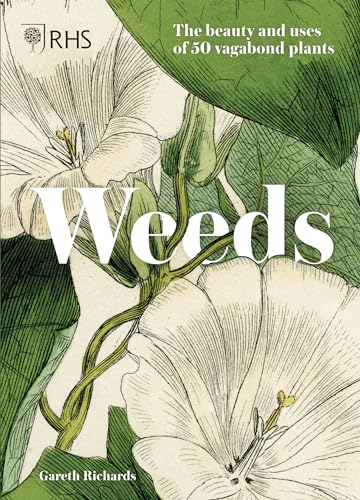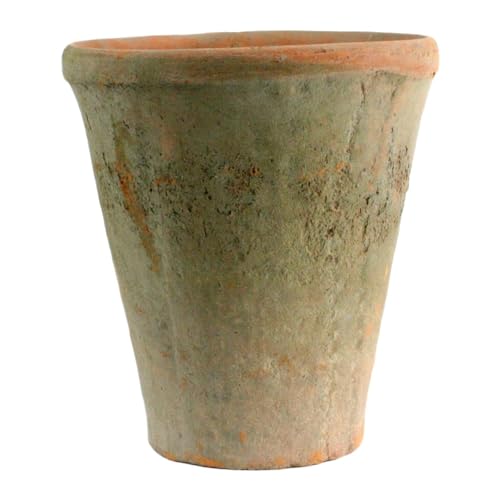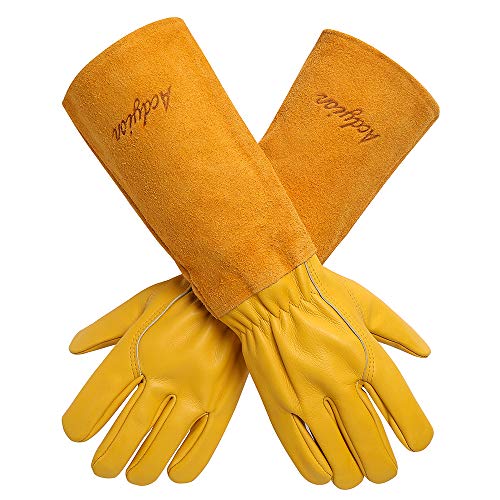Are weeds really the enemy? Why so-called problem plants deserve a rebrand and maybe even a place in your yard
From wildflowers to soil fixers, is it time we looked at weeds in a new light?


Weeds are often thought of as the sworn enemy of gardeners. As a former professional horticulturist, I cannot count the number of days I have spent struggling to clear borders from relentless weed growth - nuisance plants growing where they are not wanted. For generations, dandelions and docks have been pulled, uprooted and sprayed into submission, but is this seemingly inbuilt, unconscious hostility really necessary?
In reality, weeds are simply plants growing in places where we didn't intend. And yet, they often have remarkable ecological value as well as culinary or medicinal benefits. Take dandelions, which are demonized and dismissed as the menace of the manicured lawn. In truth, however, they are a vital food source for bumblebees, honeybees, hoverflies and butterflies, as well as hummingbirds who feast on the seeds.
Instead of waging a futile war, isn't it time we started rethinking weeds? By reframing our approach, we can embrace a more balanced relationship with our yards, local wildlife and the broader ecosystem. So, if you're wondering how to weed a garden quickly or how to keep weeds out of flowerbeds this year, the solution might actually be to let some (but not all) remain.

Isn't it time we all started rethinking weeds?
Regardless of where you live, your climate or US hardiness zone, you will experience weed growth of some form. Nettles and brambles scrambling at the back of your plot; herb robert (Geranium robertianum) or chickweed growing through cracks in the garden path. But are these plants really the enemy they are made out to be?
What even is a weed, anyway?

The most common definition of a weed is simply a plant growing in the wrong place. Think clover pushing through gravel, creeping Charlie trailing along a retaining wall, or crabgrass encroaching into flower beds. Weeds don't belong to a single plant family or genus, instead, they are simply any species that has moved in uninvited.
Yet the same plant that is valued in one setting is often deemed a nuisance in another. Take goldenrod, for example. When seen in prairies and meadows, this native plant is celebrated as a pollinator powerhouse, but when it appears in backyard borders, suddenly it becomes an unwelcome invader.
Language, then, is important, and instead of labeling weeds as dangerous enemies to fear, perhaps it is time to recognize them as pioneer plants that can thrive in challenging conditions and pave the way for others. Nettles and dandelions, for instance, are often some of the first to colonize disturbed environments. On barren, nutrient-poor soils, like a building site leached and stripped of fertility and life, these plants move in, stabilizing and nourishing the ground so that other species can succeed. So, are dandelions weeds? Or are they remarkable ecological trailblazers, making life possible for plants we deem more desirable?
Design expertise in your inbox – from inspiring decorating ideas and beautiful celebrity homes to practical gardening advice and shopping round-ups.
Of course, not all plants are created equal. As a professional gardener, I balance hope and optimism with a good dose of realism. Many invasive weeds, such as ground elder, kudzu or hogweed are undeniably destructive, swallowing entire yards and landscapes if left unchecked. If you are unsure about a plant in your garden, check the USDA Invasive Species list before deciding if it can stay.
That said, perhaps there is room for a little more tolerance. Maybe those dandelions in the lawn aren't such a problem. Maybe the nettles growing underneath your hedge are doing more good than harm. While some areas of the garden demand structure and control, a looser, wilder, freer approach in select areas could bring unexpected benefits both for your yard and for the wildlife that depends on it.
The utility of weeds
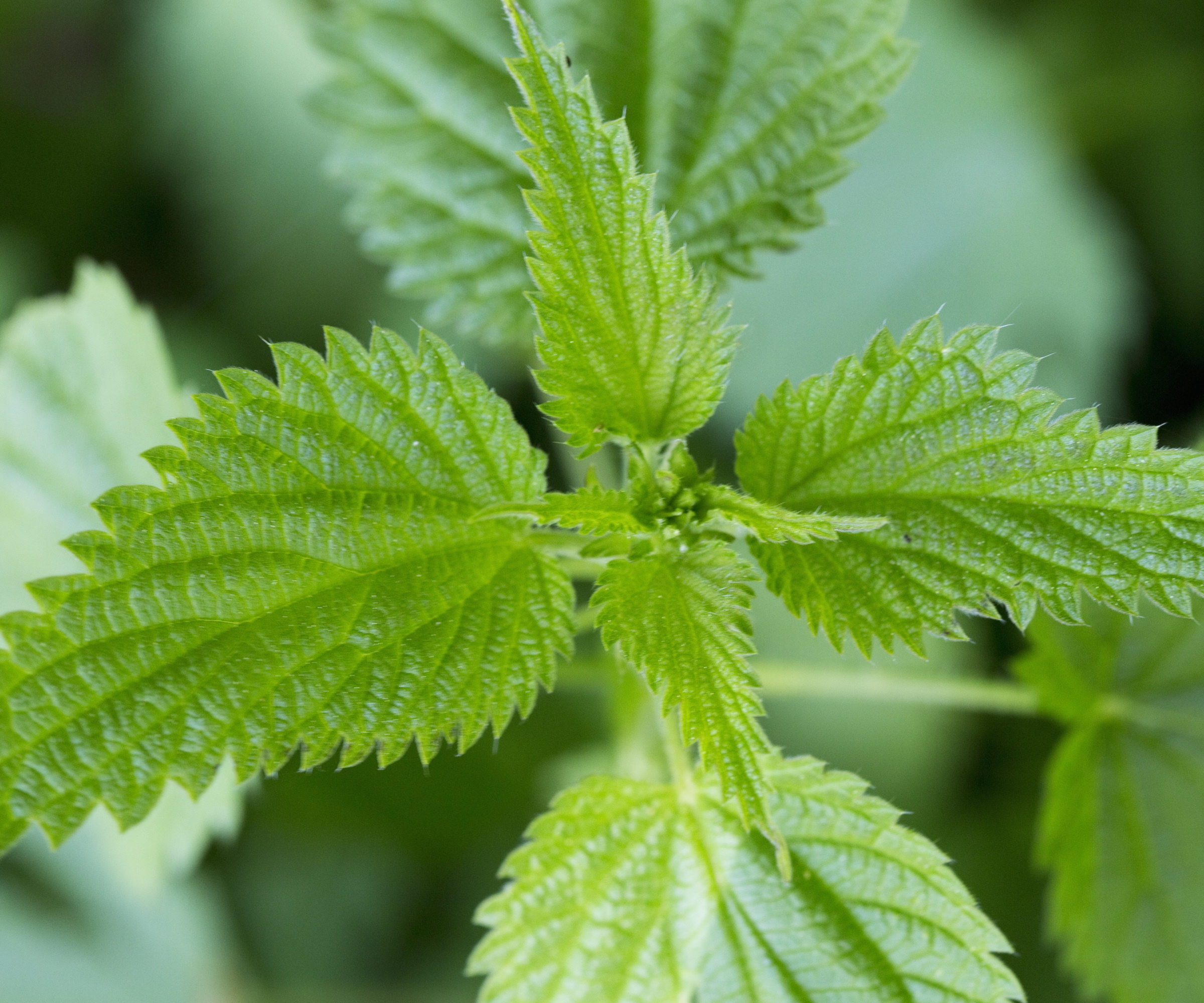
You may already know the virtues of flowering weeds for pollinators. With open, nectar-rich blooms, many supposed weeds are an essential food source for early-to-rise bees and butterflies in spring. In fact, a 2022 UK study found that the morphology - or shape - of flowering weeds allowed access to a far greater number of pollinator species when compared with many popular perennials and shrubs.
Beyond their wildlife value, weeds also play a crucial role in soil health. Many tap-rooted species, such as dandelions or docks, are also very good at nutrient and mineral mining. Their long tap roots allow them to draw up goodness from subsoil layers, which in turn helps to prevent soil erosion, binding loose earth in a bid to make the ground more habitable.
Some weeds even work as natural fertilizers. Clovers, chickweed, and henbit, for example, are nitrogen-fixing plants that enrich the soil - helping to boost fertility even in poor, sandy conditions. Rather than simply being pests, these plants quietly contribute to a healthier, more self-sustaining garden.
Dandelion, chicory and garnet stem seeds are available from Amazon.
One wonderful weed to celebrate
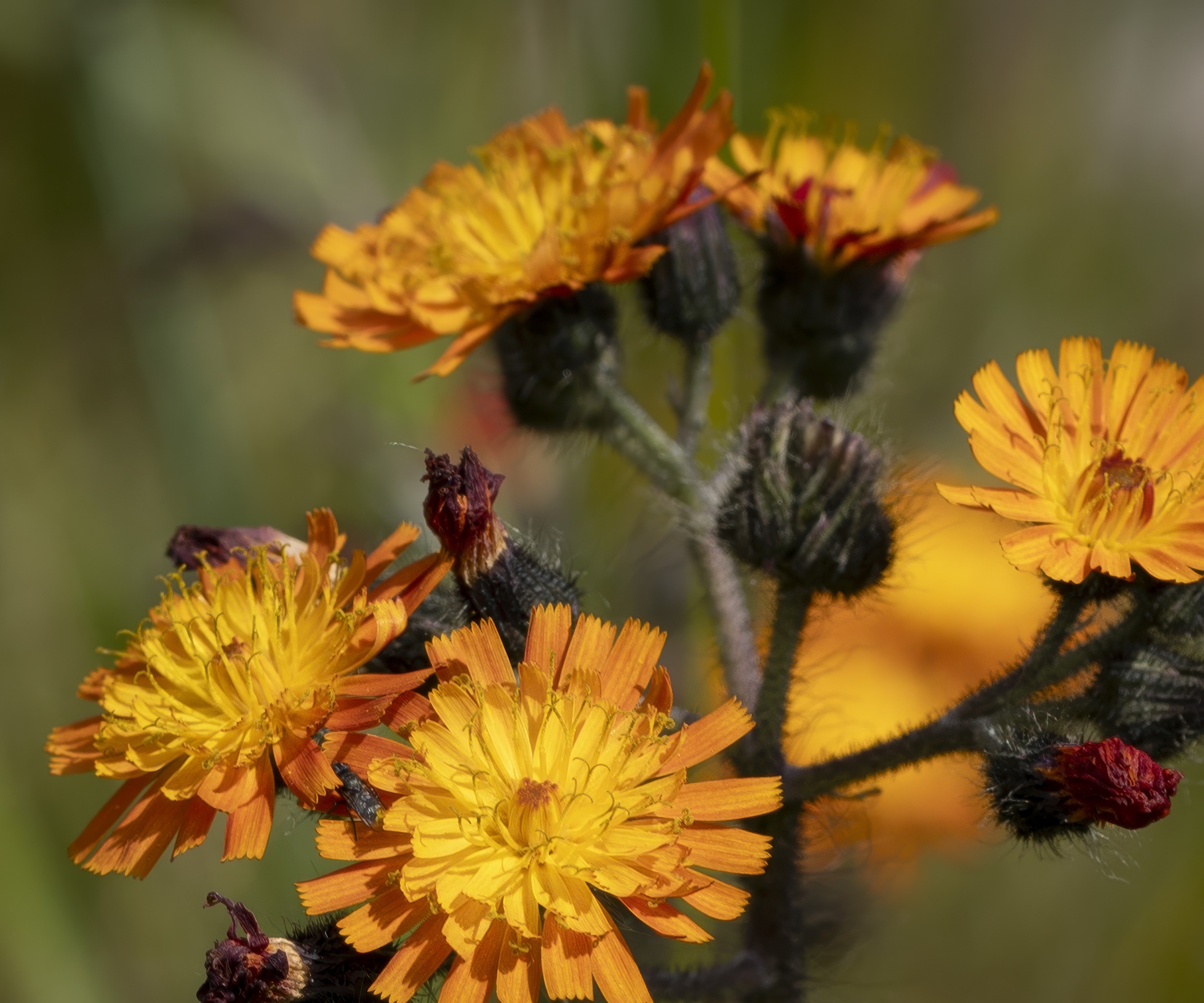
Some weeds deserve a little more appreciation. Take Pilosella aurantiaca, also known as orange hawkweed, fox-and-cubs, or - my favorite - the devil's paintbrush. Its fiery blooms glow in the richest umber tones which are, in my opinion, impossible to ignore.
When working at the Garden Museum in London, we planted the devil's paintbrush in our dry garden, watching its vivid orange flowers pop against the pebble mulch and sky-blue forget-me-nots blooms in spring. Some passersby were horrified, while others admired this attempt at rethinking weeds.
Of course, in some regions, this would not be appropriate. In several US states, for example, Pilosella aurantiaca is considered an invasive plant to avoid. Yet, if you can grow this plant in a controlled and responsible way - such as in a pot display - it takes on a whole new charm. Paired with the yellow corydalis, another so-called weed, suddenly what was once considered a garden nuisance can become a floral masterpiece. Yellow corydalis seeds are available from Amazon.
Weeds in pots might sound unconventional, but with the right combinations, they can be every bit as captivating as traditional bedding displays. And, chances are, they will thrive on neglect too.
FAQs
Are weeds good for butterflies?
Yes, many plants that we might consider as weeds can be good for butterfly gardens. Milkweed plants, native to North America, are an important host plant where many species lay their larvae, whereas common stinging nettles are also an important food plant for greedy caterpillars. Leaving a wild, weedy patch at the bottom of your yard will undoubtedly prove popular with butterflies. Milkweed seeds are available to order from Amazon.
There are many other uses for common weeds. You can make plant fertilizer using weeds, such as nettle or comfrey tea that is high in nitrogen. Simply steeping a handful of stems in a bucket of water for a few weeks will make a rich feed that is ideal for salad and leafy crops in the kitchen garden.
Be warned, however, that these weed teas are pungent, so it is best to store them as far from the patio or garden bench as possible.

Thomas is a Content Editor within the Gardens Team at Homes and Gardens. He has worked as a professional gardener for both public spaces and private estates, specializing in productive gardening, growing food and flowers. Trained in Horticulture at the Garden Museum, he has written on gardening and garden history for various publications, including The English Garden, Gardens Illustrated, Hortus, The London Gardener and Bloom. He has co-authored a Lonely Planet travel book, The Tree Atlas, due out in 2024.
